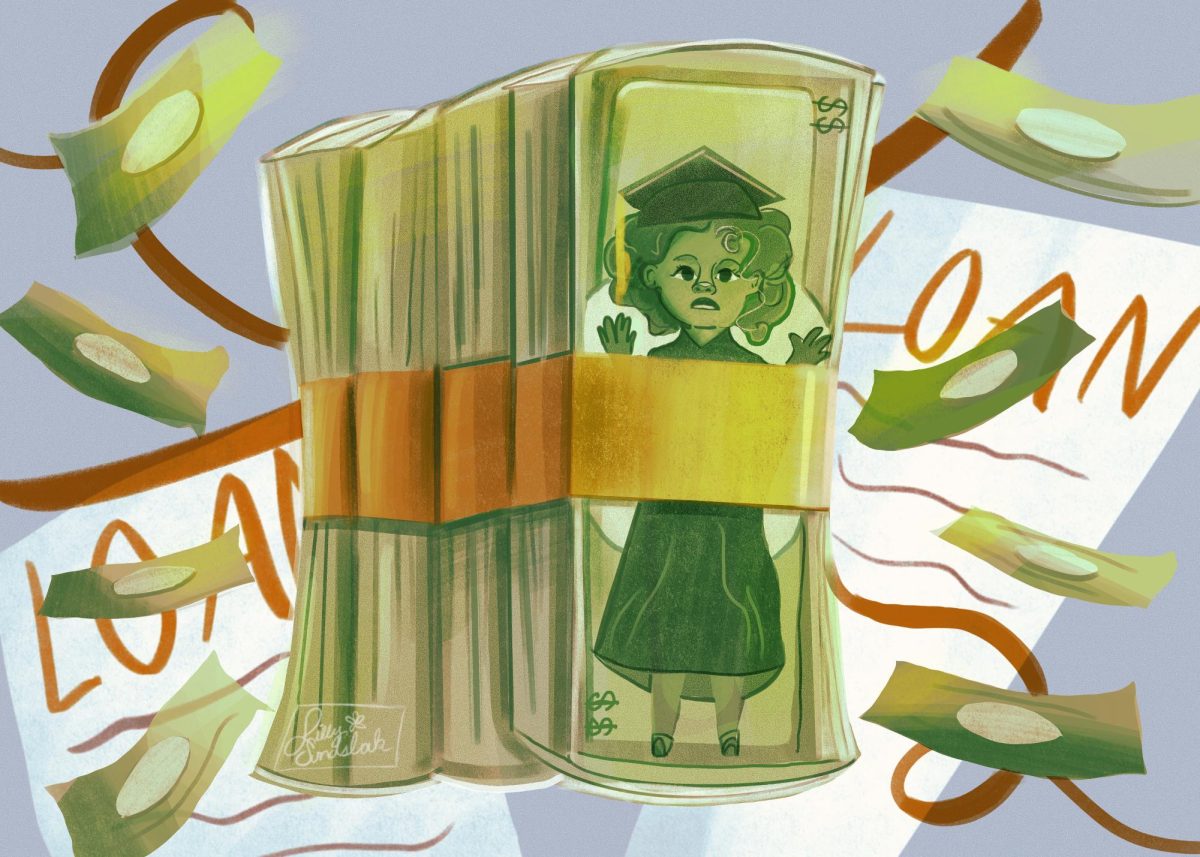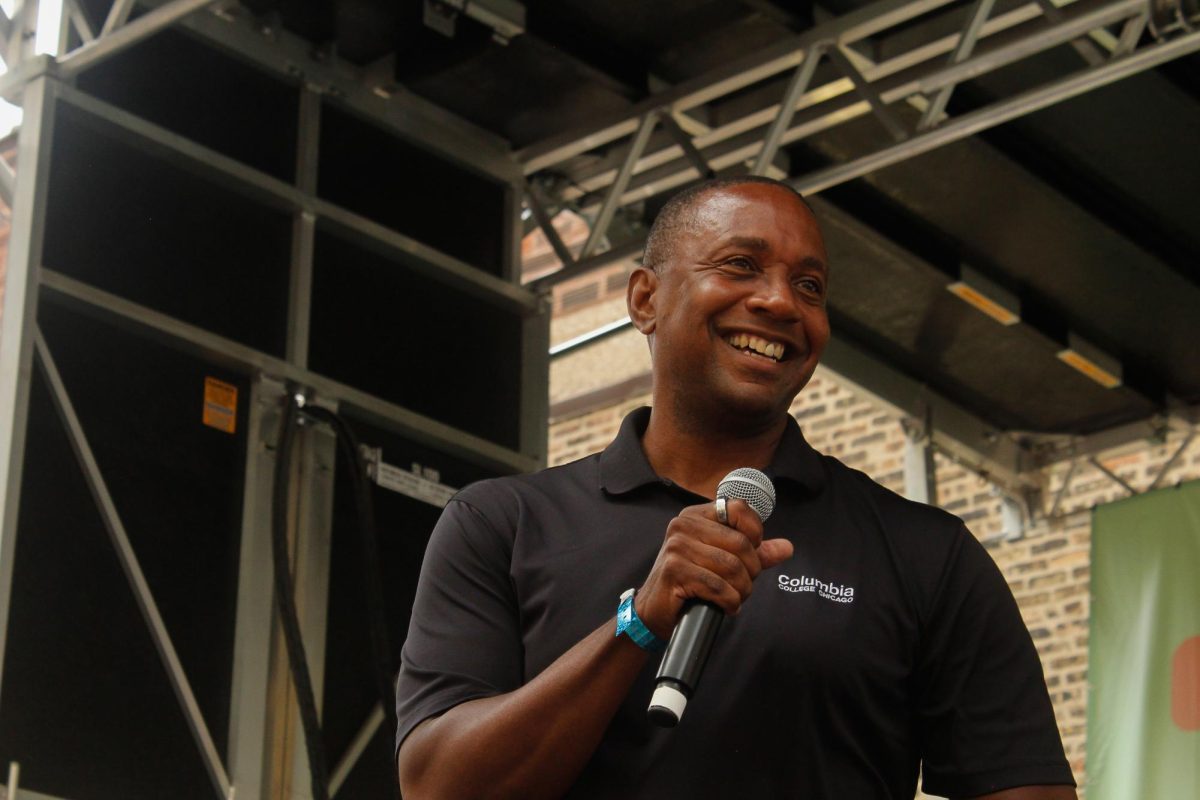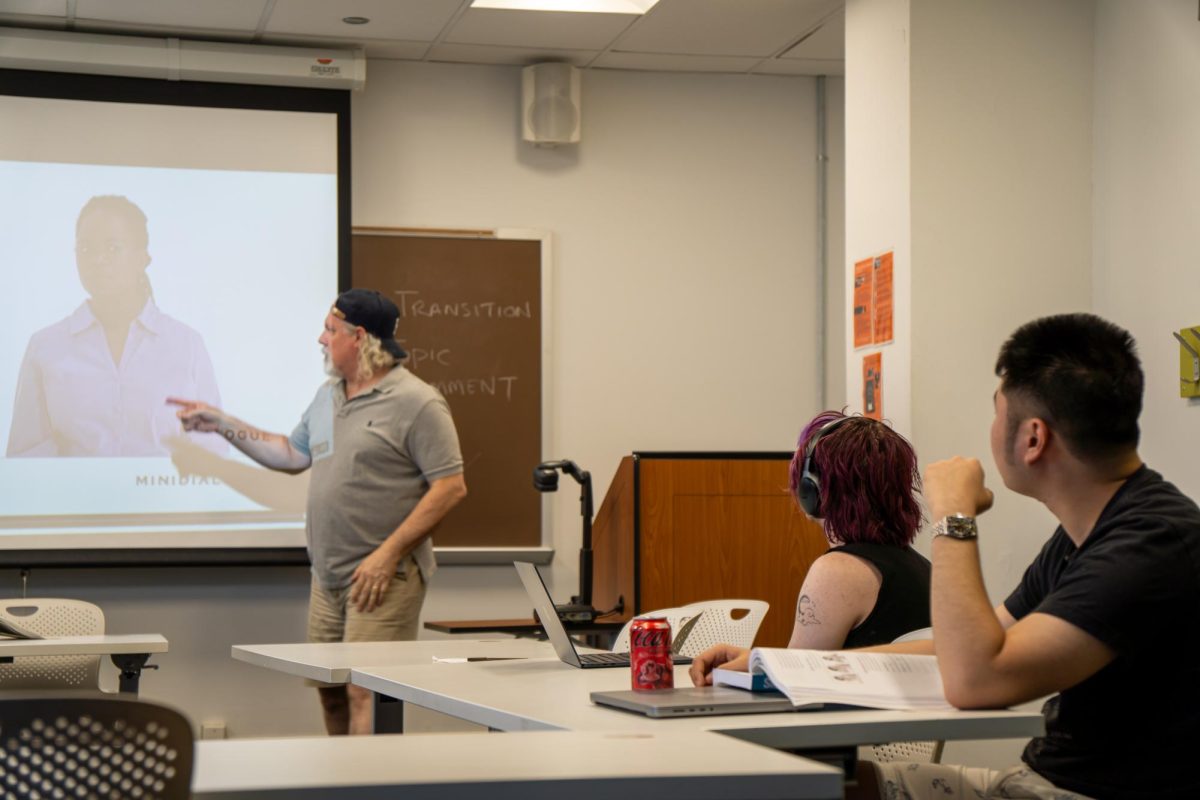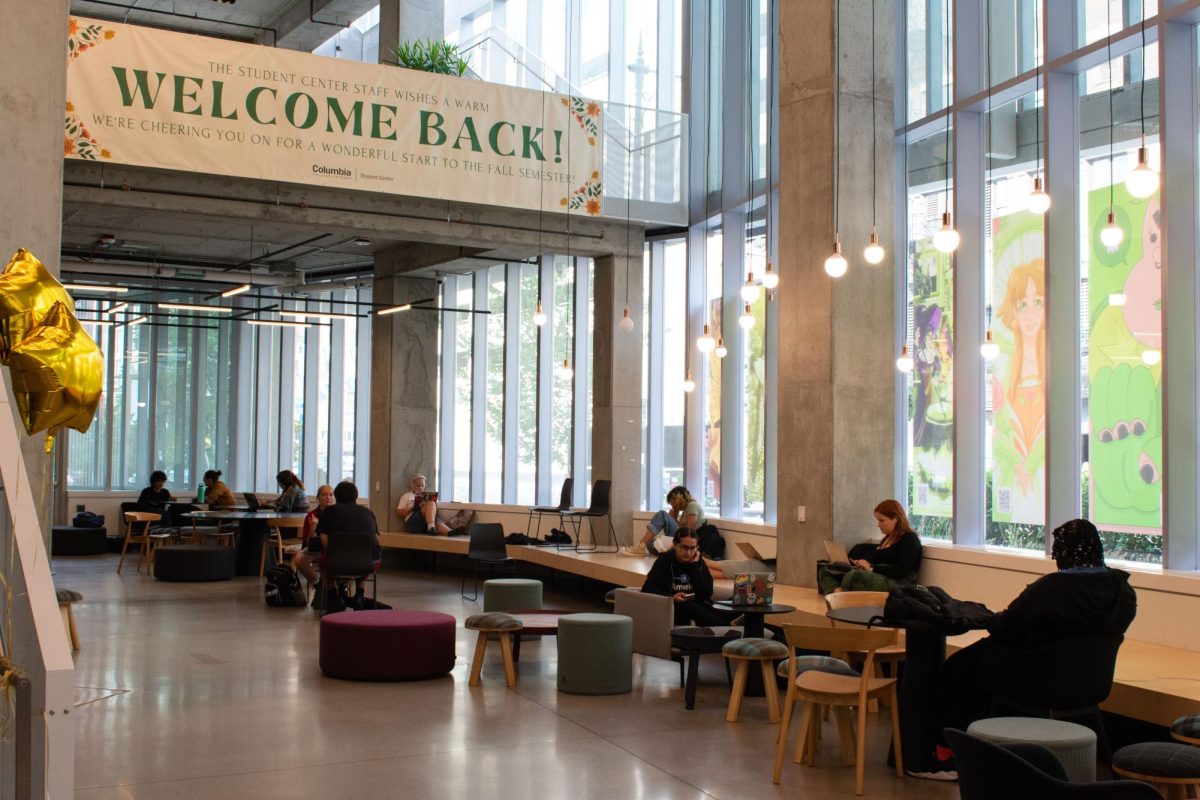Every year on Oct. 1, thousands of students apply for financial aid, receiving direct loans through the U.S. Department of Education or private providers like Sallie Mae, Credible and Earnest.
Financing has enabled students from middle to low-income households to attend college. But as the cost of higher education rises, including here at Columbia College, so has the worry about debt. The average student borrows over $30,000 to pursue a bachelor’s degree, according to the Education Data Initiative.
Total student loan debt in the United States is now over $1.75 trillion, which is one of the reasons it has become a campaign issue in the upcoming presidential election.
Although the cost of tuition at Columbia was $32,272 last year, 6,083 students received aid, with the average financial package being $22,312. This means 93% of students paid less than half of the full tuition.
Columbia distributed $96,598,880 in financial aid in Fall 2023.
How it works:
FAFSA, which stands for Free Application for Federal Student Aid, is aid from the government that doesn’t need to be paid back. FAFSA uses your family income and tax information to compile the complete financial aid award letter and automatically subjects you to ‘merit-based’ and ‘needs based’ grants.
FAFSA awards were delayed earlier this year after the Department of Education, which administers the aid, changed the formula for awarding it to account for inflation. The application process also was redesigned. Because of these delays, most schools, including Columbia, were late in sending financial aid package decisions because when schools offer discounts and scholarships they account for how much a student is also getting from the government.
The delays may have contributed to some of the enrollment decline at the college, as the Chronicle previously reported.
Like FAFSA, scholarships and grants do not need to be paid back.
But private loans are paid back with interest over a selected timeline.
Columbia Central, the main office for all student’s financial and enrollment services, encourages students to apply for aid that doesn’t need to be paid back such as scholarships and grants offered internally and externally to the school.
What experts are saying:
In an email to the Chronicle, Virginia Johnson, assistant vice president of Student Financial Services, said all students who borrow federal loans complete entrance counseling, a process which “ensures students understand the terms and conditions of their loans, and their rights and responsibilities.”
Students also sign a Master Promissory Note, a legal document in which students must agree to repay their loans once due, after they have left school or their grace period, and any collected interest and fees. It also includes their terms of repayment, such as timeframes in which students can cancel their loans or request a lower amount.
Dustin Apelgren, of ECMC Solutions, a financial aid consulting company partnered with the college, hosts a series of three webinars biweekly over the course of the school year to help students navigate their loans, each planned around the “life cycle” of a loan.
“The schools provide the service. They pay for the service for all the students. So students can reach out to us anytime,” said Apelgren. “We already have all the students’ loan information, all that kind of stuff up on our end, and we get updates from the National Student Loan Data System.”
Apelgren encouraged students to reach out as, “if there are any questions about getting help with basically anything that has to do with student loans, we’re there to assist with that because all of our student loan counselors, they’re all basically, I’d say, federal student loan experts.”
What students are saying:
Michelle Flores, a junior fashion major, through FAFSA, has been given the opportunity to pay for college completely out of pocket with the assistance of her parents.
“It’s not horrible, as I thought it would be, especially when comparing it to what my other friends are paying in their other schools,” she said. However, she said she has noted the steady rise in the cost of tuition.
Hailey Wilkins, a senior film major, said she had to pay her whole way through college without any help from her parents.
Through FAFSA, Wilkins has been able to take out unsubsidized direct loans at a low enough rate to feel comfortable.
“I only take out $2,000 a semester, so I only owe back $22,000 in student loans, which is way less than what a lot of people owe,” Wilkins said. “I think I’ll be able to pay that off within my first five years as an adult post-graduation.”
Copy edited by Trinity Balboa










